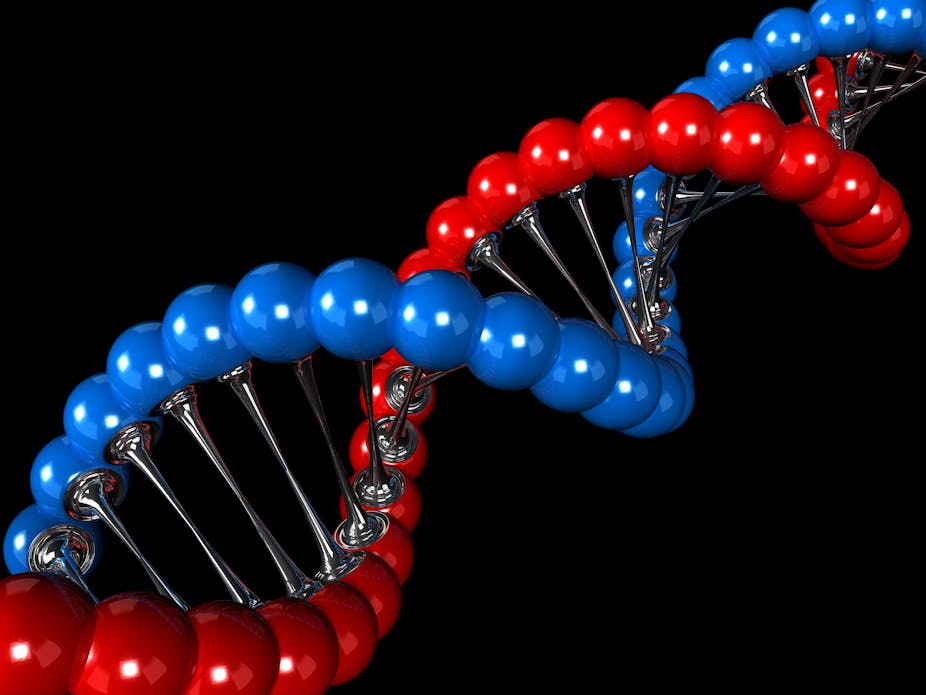A team of international researchers, including a number of Australian scientists, have identified 74 new areas of the genome that can increase a person’s risk of developing breast, prostate and ovarian cancer. This nearly doubles the number of regions of the DNA associated with these hormone related–cancers.
The findings of the Collaborative Oncological Gene-environment Study (COGS) are published today in five leading journals: Nature Genetics, Nature Communications, American Journal of Human Genetics, PLOS Genetics, and Human Molecular Genetics.
The researchers studied samples from more than 200,000 people, including 10,000 samples from Australians.
The genes are not genetic faults or causes of cancer, but markers which each predict small increments in cancer risk.
Professor John Hopper, NHMRC Australia Fellow at the University of Melbourne, said in comments to the Australian Science Media Centre the new research added to knowledge about rare genetic faults such as BRCA1 and BRCA2 that make a big difference to a person’s cancer risk.
Professor Hopper’s research provided three quarters of the Australian samples.
“Because these faults are rare, they explain only a small part of the reason why people with a family history of these cancers are at increased risk of the cancer themselves,” he said.
“When the newly discovered markers are added to those already discovered, as well as faults in the known ‘high-risk genes’, in total they explain about one-third or more of the reason why people with a family history of these cancers are at increased risk of the cancer themselves.”
In contrast to genetic testing to detect genetic faults, these newly identified markers of cancer risk could be measured through DNA samples from cheek swaps or finger pricks, Professor Hopper said.
“This information could be used to help direct prevention and screening, such as mammography for breast cancer, to people at higher genetic risk.
"But before this new information can be rationally and reliably used, there needs to be more research on what are the appropriate prevention and screening strategies for people at higher genetic risk.”
Professor Graham Mann, Associate Dean of Research at the Sydney Medical School, also speaking to the Australian Science Media Centre, said the scale and scope of the collaboration was historic and ground-breaking.
The results also show where future research is needed to get the best benefits of prevention and early detection of the most dangerous cancer subtypes, said Professor Mann, who was not involved in the study.
“It is still unclear how many of these genetic mechanisms can be modified directly, or which ones will reveal weaknesses in these cancers that can be targeted by new treatment.”

